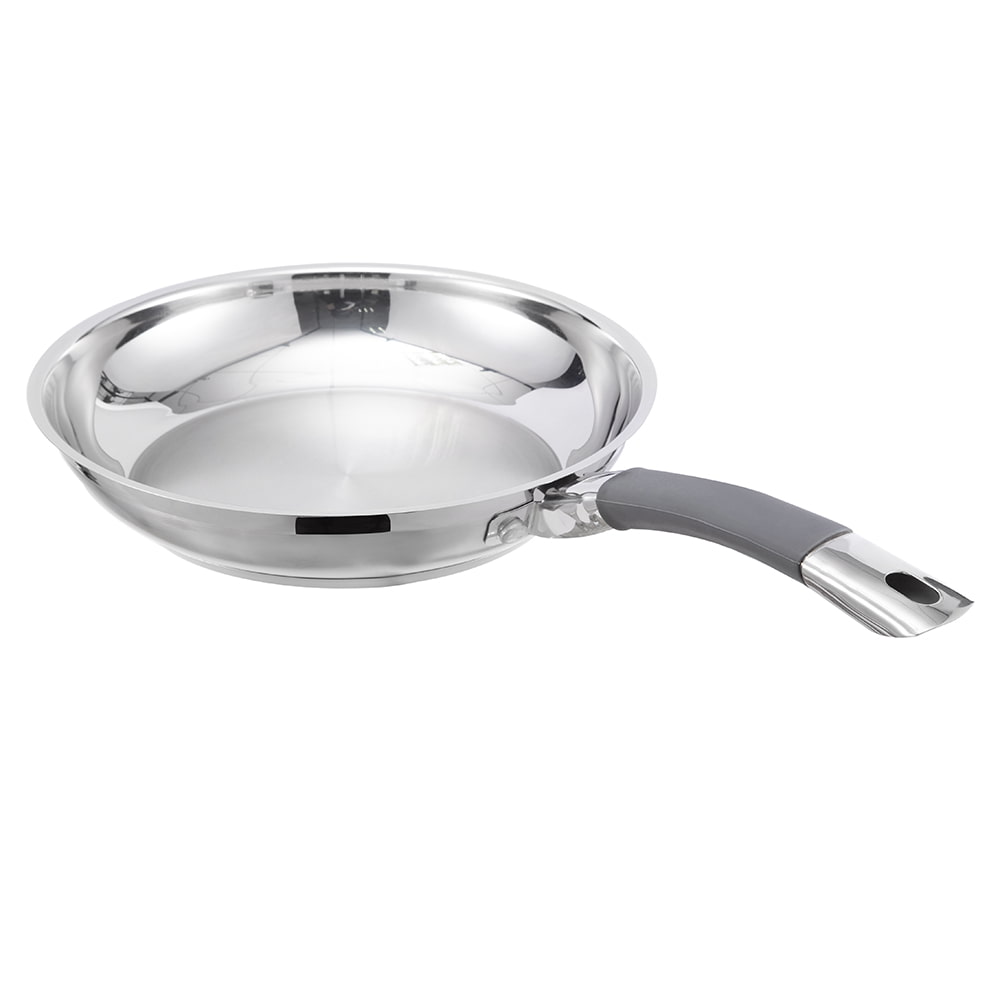1. Technical principles and structural characteristics of honeycomb ceramic coatings
Honeycomb ceramic coating cookware has emerged in the kitchenware market in recent years. Its unique performance is due to its sophisticated technical principles and structural design. From a microscopic perspective, the core of honeycomb ceramic coating lies in the synergy between its microporous structure design and ceramic composite materials , which together form the cornerstone of optimizing cookware performance.
(I) The influence of microporous structure design on heat conduction
The microporous structure of the honeycomb ceramic coating is the key to its efficient heat conduction. These micrometer-level holes are not randomly distributed, but are arranged in an orderly honeycomb shape after precise calculation and design. This structure shows unique advantages in the process of heat conduction.
- On the one hand, the microporous structure increases the contact area between the coating and the heat. When the cookware is heated, the heat can be quickly transferred to the inside of the coating through the pore surface, greatly improving the heat transfer efficiency compared to the traditional smooth surface coating. Research data shows that the thermal conductivity rate of the honeycomb ceramic coating is about 30% higher than that of ordinary flat coatings.
- On the other hand, the air layer between the micropores forms a natural heat-insulating buffer zone. While the heat is transferred quickly, the air layer can effectively prevent excessive heat concentration, prevent local overtemperature from burning food or damaging the coating, and thus achieve more uniform heat distribution.
In actual cooking, this heat conduction property brings significant advantages. Take frying steak as an example. When using a honeycomb ceramic coated frying pan, the heat can be quickly and evenly transferred to the surface of the steak, forming an attractive brown layer in a short time while keeping the inside tender and juicy. Traditional frying pans often take longer to achieve the same effect due to their low heat conduction efficiency, and are prone to local overheating or uneven heating.
(II) Wear resistance and anti-sticking mechanism of ceramic composites
The excellent performance of honeycomb ceramic coating is also inseparable from its unique ceramic composite material formula. The ceramic material itself has the characteristics of high hardness and strong chemical stability. It is combined with other functional materials to form a coating with both wear resistance and anti-stick properties.
- From the perspective of wear resistance, the hard particles in the ceramic composite material can effectively resist the scratches and collisions that cookware suffers during use. These hard particles are like tiny "shields" evenly distributed inside the coating. When tools such as spatulas come into contact with the coating surface, the hard particles can disperse external forces and reduce damage to the coating surface. Through professional wear resistance tests, the honeycomb ceramic coating has only 1/5 of the surface wear of traditional non-stick coatings after 5,000 simulated scratch tests, showing extremely strong durability.
- In terms of anti-stick mechanism, honeycomb ceramic coating utilizes the dual effects of surface tension and microstructure. Ceramic materials themselves have low surface energy, which can reduce the adhesion between food and the coating surface. At the same time, the honeycomb microporous structure will form an air film during the cooking process. This air film acts as an isolation layer, further reducing the contact area between the food and the coating, thereby achieving an excellent anti-stick effect. Whether it is frying eggs, frying fish or stir-frying sticky foods, honeycomb ceramic coated cookware can easily remove the food from the pot, making cleaning more convenient.
2. Comparative test analysis of performance with traditional coatings
In order to more intuitively understand the performance advantages of honeycomb ceramic coated cookware, we conducted a series of rigorous experiments to compare and analyze it with traditional coated cookware in terms of heat distribution uniformity and durability .
(I) Comparison of experimental data on heat distribution uniformity
Professional thermal imagers and temperature sensors were used to test the heat distribution uniformity of honeycomb ceramic coated cookware and traditional non-stick coated cookware. During the experiment, the two types of cookware were placed on the same heating source, set the same heating temperature and time, and the temperature changes at different locations on the cookware surface were recorded.
Experimental data show that after 10 minutes of heating, the temperature of the center area of the traditional non-stick coating cookware reaches 200°C, while the temperature of the edge area is only 160°C, with a temperature difference of up to 40°C; in contrast, the center temperature of the honeycomb ceramic coating cookware is 205°C, and the edge temperature is 195°C, with a temperature difference of only 10°C. It can be clearly seen from the thermal imaging that the surface temperature distribution of the honeycomb ceramic coating cookware is more uniform, with almost no obvious hot spots and cold spots. This excellent heat distribution uniformity can ensure that the ingredients are heated uniformly during the cooking process, avoiding the situation where some ingredients are overcooked or undercooked, and greatly improving the stability of the cooking effect.
(II) Durability test (scratch resistance/chemical stability)
In the durability test, the honeycomb ceramic coated cookware and the traditional coated cookware were tested for scratch resistance and chemical stability. The scratch resistance test used a standard scratch test device, using test tools of different hardness to scratch the coating surface at the same pressure and speed to observe the damage of the coating. The chemical stability test immersed the cookware in solutions of different pH values to simulate the acid-base environment that may be encountered in daily cooking, and tested the corrosion resistance of the coating.
The experimental results show that after 1,000 light scratches, the traditional non-stick coating has obvious scratches on the surface and the anti-stick performance is significantly reduced; while after 5,000 heavy scratches, the honeycomb ceramic coating has only slight marks on the surface and can still maintain good anti-stick and wear resistance. In the chemical stability test, after soaking the two cookware in an acidic solution with a pH value of 2 for 24 hours, the traditional coating showed obvious corrosion and the coating partially peeled off; while the honeycomb ceramic coating had no obvious changes on the surface, showing extremely strong chemical stability. These experimental data fully prove that the honeycomb ceramic coating is far more durable than traditional coatings and can provide users with a longer-lasting use experience.
3. Effectiveness verification in actual cooking scenarios
Honeycomb ceramic coated cookware not only performs well in laboratory tests, but also demonstrates excellent cooking performance in actual cooking scenarios. We conducted cooking experiments on different ingredients to verify the differences in its anti-stick performance , energy efficiency, and temperature control response speed .
(I) Differences in anti-stick performance of different ingredients
Representative sticky ingredients such as eggs, fish, and rice were selected for cooking tests in honeycomb ceramic coated cookware and traditional non-stick coated cookware. In the frying egg experiment, when using a traditional non-stick pan, the egg is prone to sticking to the edge of the pan, and the egg liquid is easy to break when turning over; while in the honeycomb ceramic coated frying pan, the egg can slide easily, remain intact when turning over, and the fried egg has a golden surface and beautiful shape.
The fish frying experiment can better reflect the advantages of honeycomb ceramic coating. When frying fish in a traditional frying pan, the fish skin can easily stick to the bottom of the pan, causing damage to the fish skin and affecting the appearance of the dish; however, the honeycomb ceramic coating frying pan, with its excellent anti-stick properties, allows the fish to slide freely in the pan, and the fried fish skin is intact and crispy. When frying rice, traditional coated pans are prone to rice sticking to the pan and getting mushy, making it very difficult to clean; while the honeycomb ceramic coating pan can easily fry loose, distinct rice, with almost no residue at the bottom of the pan, making cleaning easy and simple. These actual cooking cases fully prove that honeycomb ceramic coating cookware can exhibit excellent anti-stick properties when handling different sticky ingredients.
(II) Energy efficiency and temperature control response speed
In terms of energy efficiency, honeycomb ceramic coated cookware can transfer heat to ingredients faster due to its efficient heat conduction performance, thereby reducing cooking time and energy consumption. We compared the gas or electricity usage of honeycomb ceramic coated cookware and traditional cookware by cooking the same weight and type of ingredients. The experimental results show that the energy consumption of using honeycomb ceramic coated cookware to cook the same dishes is about 20% lower than that of traditional cookware.
In terms of temperature control response speed, honeycomb ceramic coated cookware can quickly respond to temperature adjustment commands. When we adjust the stove fire from high to low, the temperature of the honeycomb ceramic coated cookware can drop rapidly in just a few seconds, while traditional cookware takes a long time to reach the set temperature. This fast temperature control response capability allows users to control the heat more accurately during the cooking process, whether it is frying, stir-frying, boiling, deep-frying or stewing, it can be easily controlled, further improving the efficiency and quality of cooking.
4. Technical suggestions for user operation and maintenance
In order to allow users to fully utilize the performance advantages of honeycomb ceramic coated cookware and extend its service life, the following are technical recommendations on the appropriate temperature range and cleaning methods .
(I) Description of suitable temperature range
Although honeycomb ceramic coating cookware has good heat resistance, it also has its suitable use temperature range. Generally speaking, the best use temperature range of honeycomb ceramic coating cookware is between - 20℃ and 450℃. In this temperature range, the coating can maintain stable performance and exert the best anti-stick and wear-resistant effects.
It should be noted that it is necessary to avoid burning cookware empty at high temperatures for a long time. When the temperature exceeds 450°C, the performance of the ceramic coating may deteriorate, and it may even cause the coating to crack or fall off. For example, when using a frying pan, if the ingredients are not put in in time and the pan is left empty over a high fire, it may cause irreversible damage to the coating. Therefore, when using honeycomb ceramic coated cookware, the heat should be adjusted reasonably according to cooking needs to avoid damage to the cookware caused by excessive temperature.
(II) Impact of cleaning method on coating life
The correct cleaning method is essential to extend the service life of honeycomb ceramic coated cookware. When cleaning cookware, avoid using sharp cleaning tools such as steel wool and hard brushes, which can easily scratch the coating surface and destroy its anti-stick and wear-resistant properties. It is recommended to use a soft sponge or scouring pad for cleaning, with a mild detergent, and gently wipe the surface of the cookware to remove stains.
For stubborn stains, you can soak the cookware in warm water for a while, and then clean it after the stains soften, and avoid using excessive force to scrape. After cleaning, the cookware should be wiped dry in time to avoid residual water stains that cause rust or corrosion of the coating. In addition, it is not recommended to put honeycomb ceramic coated cookware in the dishwasher for cleaning. The strong water flow and high temperature environment of the dishwasher may damage the coating. The correct cleaning method can effectively protect the performance of honeycomb ceramic coated cookware and keep it in good condition at all times.
 No. 1, Jingwei Road, Yangcheng Lake Town, Xiangcheng District, Suzhou City, China
No. 1, Jingwei Road, Yangcheng Lake Town, Xiangcheng District, Suzhou City, China [email protected]
[email protected] +86-13913553688
+86-13913553688
 search
search
 中文简体
中文简体 English
English русский
русский Français
Français Español
Español 日本語
日本語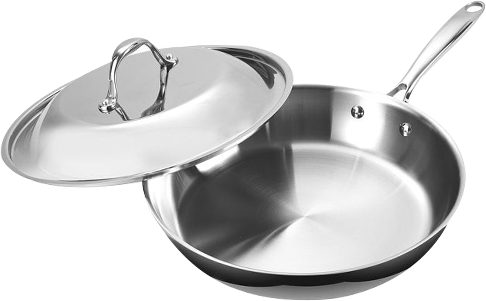
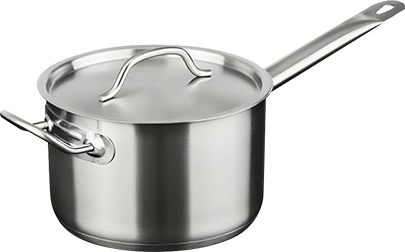
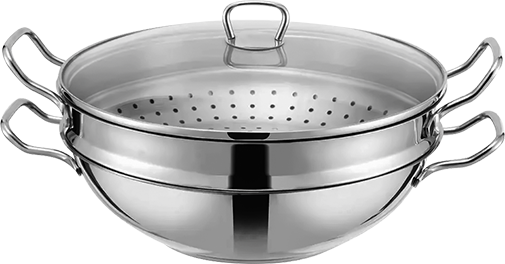
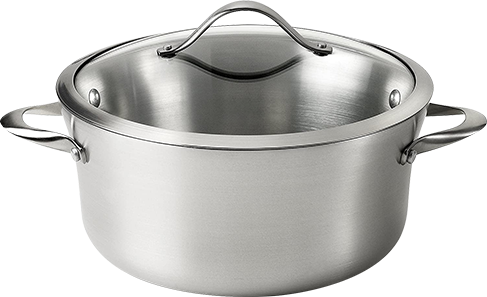



-4.jpg)
-1.jpg)
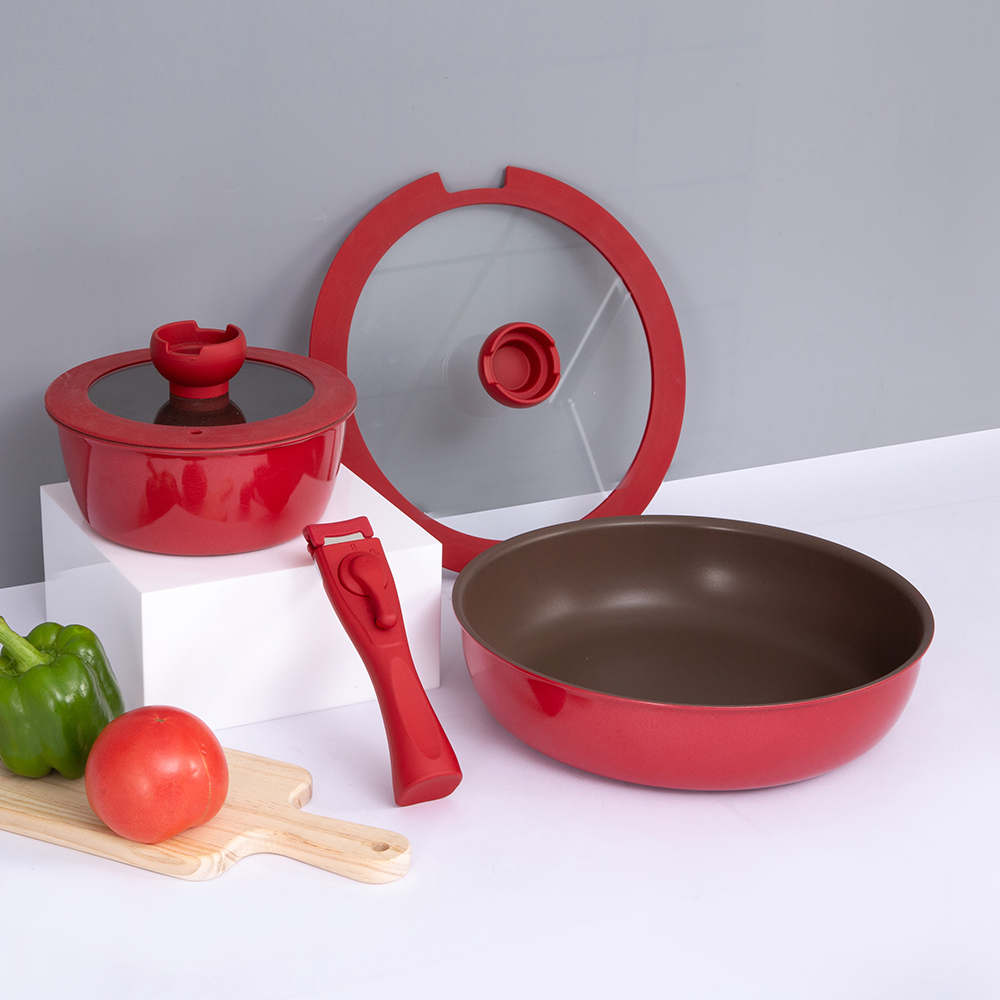
-3.jpg)
-5.jpg)
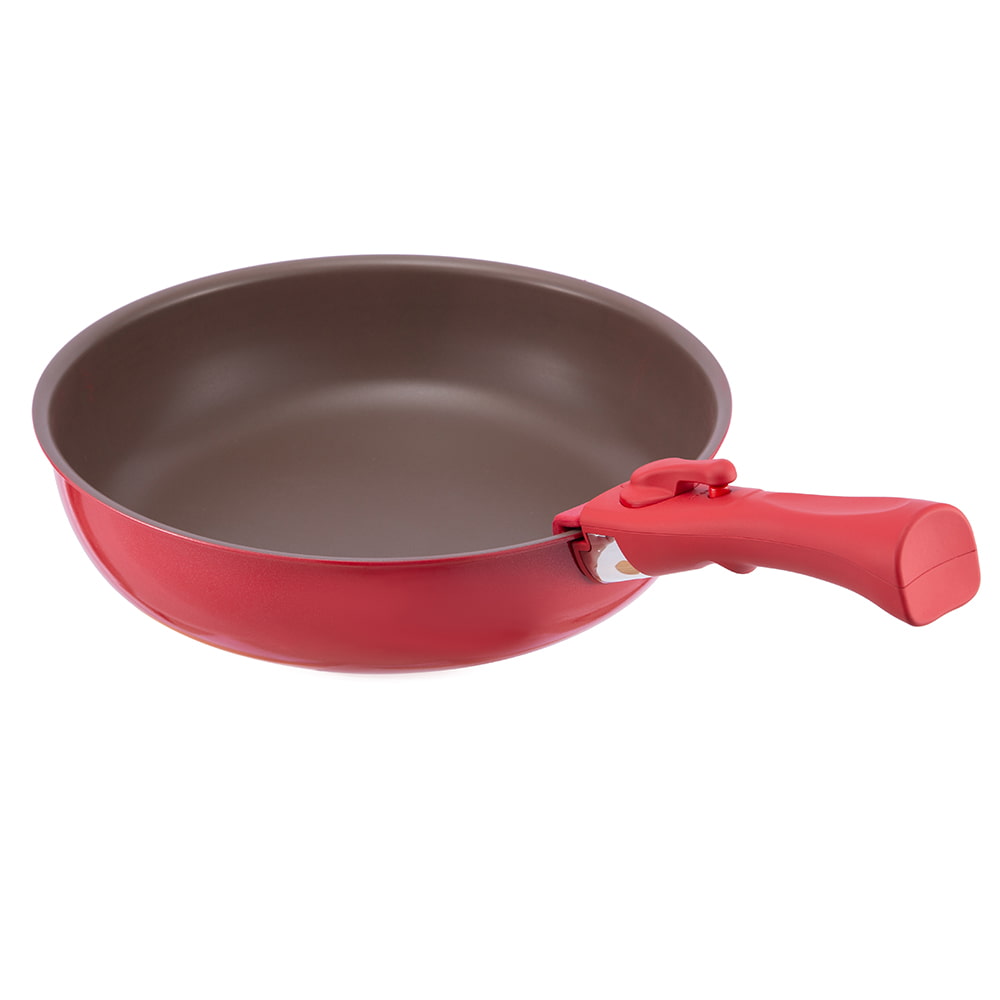
-3.jpg)
-9.jpg)
-3.jpg)
-14.jpg)
